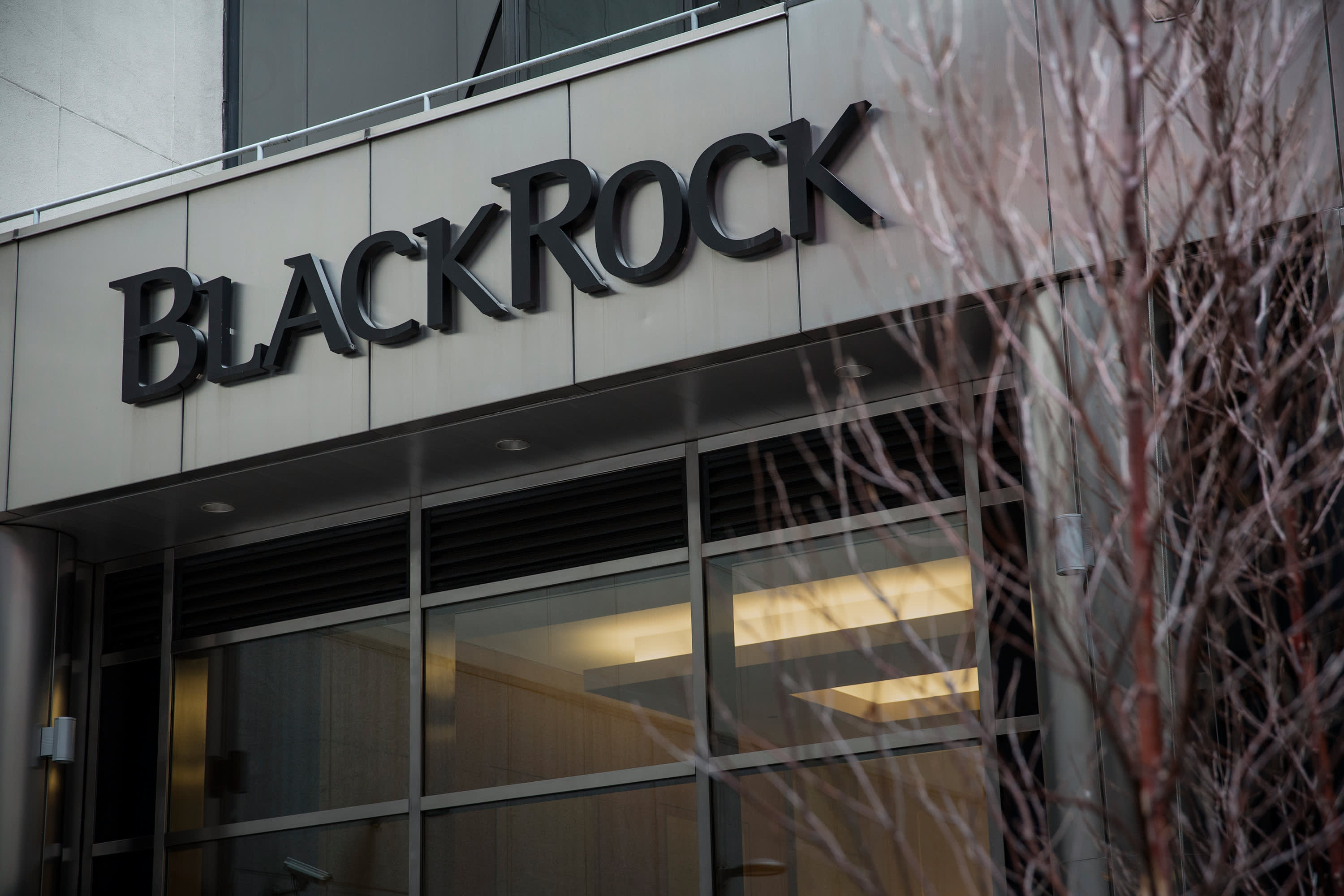BlackRock’s global chief investment strategist said after the market’s strong gains, he is more cautious on U.S. stocks into the second half of the year because of risks of fading fiscal stimulus and potential election volatility.
BlackRock Investment Institute, in its second half outlook, said it retains equities at neutral, or benchmark weight in portfolios. Within that, it has an overweight on European equities, underweight on emerging markets and neutral, or more cautious view on U.S. equities. It also favors higher quality names across the board.
“We entered the year overweight equities and credit. At the very end of February, as the storms gathering around the coronavirus became apparent, we cut those investments back to neutral weight,” said Mike Pyle, BlackRock global chief investment strategist. But when he returned to an overweight in risk in early April, it was just in credit, an asset class the Fed and other central banks are purchasing.
“The strong policy backstop was going to mean credit assets are going to have a smoother and more resilient ride…versus equity assets,” Pyle said.
He said the call on U.S. stocks is not very negative, just cautious and he expects U.S. equities to perform in line with global markets in the back half of the year, after outperforming.
Stocks sold off in the past week, as investors reacted to a resurgence of the coronavirus in some states and concerns that could hurt the economic recovery. The S&P 500 fell 2.9% for the week to 3,009, and it is now up about 16% for the second quarter, off from a more than 20% gain.
“I would say we are cautious on the U.S. market overall because of the fiscal story, and the remaining challenges around the public health response and what we think is a pretty volatile election season with policy uncertainty on the back of that” said Pyle. He said the tensions between the U.S. and China could also be a negative, and they are likely continue regardless of who wins the U.S. election.
Pyle said strong policy responses in March supported the economy and helped U.S. markets rebound. However, he said he is concerned about the future path of fiscal stimulus.
“We’re worried about a fiscal cliff in late July around unemployment insurance and support for small businesses,” he said. He said it is also unclear how much support Congress will be willing to provide for states and local governments.
“I think it’s likely we do see congressional action. The question mark: is it going to be enough? Is it going to be composed in the right way to support the economy,” said Pyle.
“With $2 trillion plus of support fiscally as well as a monetary policy response from the Fed, as we look ahead, our concern is the U.S. runs a risk in the back half of the year of retrenching too quickly on fiscal policy,” he said.
Pyle said he is concerned about the broader U.S. market facing headwinds, as companies try to recover. ”I would say on the positive side we are still inclined towards tech, still inclined towards parts of health care,” he said.
European stocks, however, have better prospects because of a strong policy response, and the economy is responding.
“We think that gives a lot of tail winds for Europe to outperform for the second half of the year, realtie to broad emerging markets,” he said. “While risks remain, it’s a much more robust policy framework than we thought two or three months ago,” he said.
Pyle said there are broader trends that investors need to watch, and they have been accelerated by the coronavirus and the response to it. Deglobalization is one, and the trend should continue.
“Deglobalization we see as a very significant issue on the strategic horizon. We think you are increasingly seeing countries and regions delink their economies from one another, which over time reduces correlations across the economies and reduces correlations for financial markets across those economies,” he said.
Another is the flow of capital into ESG investments, or strategies that take into consideration a company’s environmental, social and governance factors.
“One of the interesting things about 2020, taken as a whole, is that flows into ESG oriented funds, or portfolios has continued to grow even during the period of the drawdowns in March and through the retracement as well,” he said. “It’s been noteworthy that we’ve seen historic volatility, but one of the constants has been clients continue to allocate capital into sustainable strategies.”
